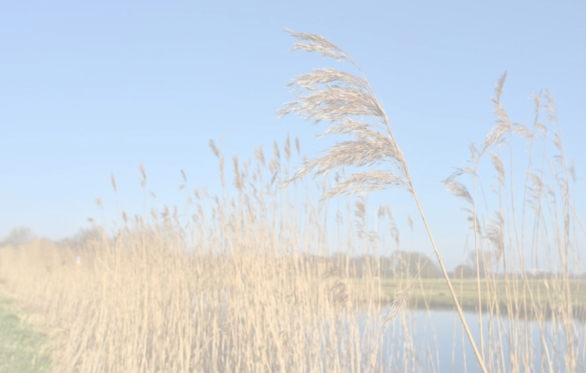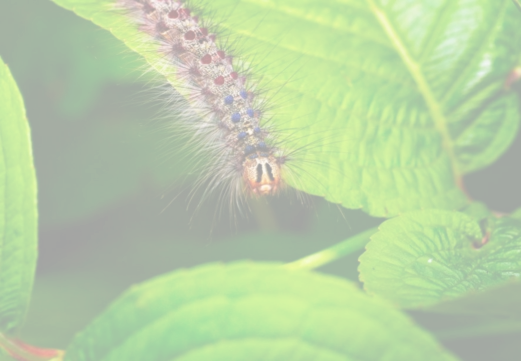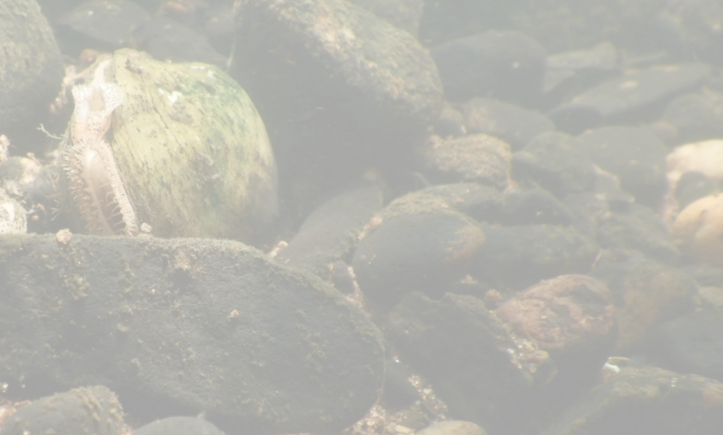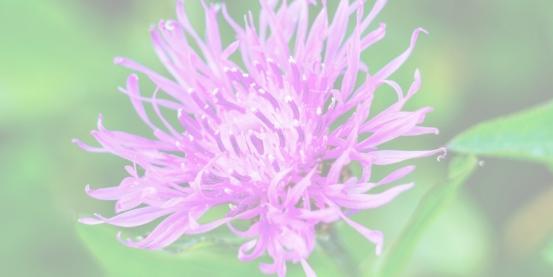


© Copyright 2024 White Water Associates, Inc. All Rights Reserved.
Website Design by North Country Website Design
906.822.7889

906.822.7889


INVASIVE SPECIES SURVEYS
White Water Associates provides an extensive range of invasive species surveys. Noxious, non-native species have invaded
many high quality habitats and cause significant impact to native flora and fauna. White Water staff is trained and
experienced in terrestrial and aquatic invasive plant and animal identification. We understand the native ecology of the
ecosystems that are being invaded and are experienced in preparation of invasive species management plans and control
techniques. Education of the public is of crucial importance in stemming the spread of invasive species to new habitats. Our
mindset with regard to invasive species is to (1) prevent the spread, (2) detect new invasions early, (3) mitigate existing
infestations, (4) restore native habitats, and (5) continue monitoring populations.

Aquatic Invasive Species (AIS), including:
Zebra Mussels (Dreissena polymorpha)
Quagga Mussels (Dreissena bugensis)
Rusty Crayfish (Orconectes rusticus)
Chinese Mystery Snail (Cipangopaludina chinensis)
Spiny Water Flea (Bythotrephes cederstroemi)
Eurasian Water-milfoil (Myriophyllum spicatum)
Curly-leaf Pondweed (Potamogeton crispus)
Common Reed (Phragmites australis)
Terrestrial Invasive Species, including:
Gypsy Moths (Lymantria dispar)
Emerald Ash Borer (Agrilus planipennis)
Purple Loosestrife (Lythrum salicaria)
Spotted Knapweed (Centaurea stoebe)
European Buckthorn (Rhamnus cathartica)
Honeysuckle species (Lonicera spp.)
Garlic Mustard (Alliaria petiolata)
Common Reed (Phragmites australis)
Website Design by North Country Website Design


© Copyright 2024 White Water Associates, Inc.
All Rights Reserved.
INVASIVE SPECIES
SURVEYS
White Water Associates provides an extensive range of
invasive species surveys. Noxious, non-native species have
invaded many high quality habitats and cause significant
impact to native flora and fauna. White Water staff is
trained and experienced in terrestrial and aquatic invasive
plant and animal identification. We understand the native
ecology of the ecosystems that are being invaded and are
experienced in preparation of invasive species
management plans and control techniques. Education of
the public is of crucial importance in stemming the spread
of invasive species to new habitats. Our mindset with
regard to invasive species is to (1) prevent the spread, (2)
detect new invasions early, (3) mitigate existing
infestations, (4) restore native habitats, and (5) continue
monitoring populations.
Aquatic Invasive Species (AIS), including:
Zebra Mussels (Dreissena polymorpha)
Quagga Mussels (Dreissena bugensis)
Rusty Crayfish (Orconectes rusticus)
Chinese Mystery Snail (Cipangopaludina chinensis)
Spiny Water Flea (Bythotrephes cederstroemi)
Eurasian Water-milfoil (Myriophyllum spicatum)
Curly-leaf Pondweed (Potamogeton crispus)
Common Reed (Phragmites australis)
Terrestrial Invasive Species, including:
Gypsy Moths (Lymantria dispar)
Emerald Ash Borer (Agrilus planipennis)
Purple Loosestrife (Lythrum salicaria)
Spotted Knapweed (Centaurea stoebe)
European Buckthorn (Rhamnus cathartica)
Honeysuckle species (Lonicera spp.)
Garlic Mustard (Alliaria petiolata)
Common Reed (Phragmites australis)





















